Introduction to the University of South Africa:
Introduction: The University of South Africa is the largest public university in South Africa for black students and one of the most influential universities in the field of distance education in the world. It has 5 campuses in different cities across South Africa, attracting international students from 130 countries with a total number of more than 400,000 students. It is the only "giant university" in Africa.
History and establishment time: Founded in 1873, it was originally named the University of the Cape of Good Hope. Legislation in 1916 made it an autonomous South African university, and in 1946 it became a distance education university. In 2004, the University of South Africa merged with the South African Institute of Technology and the University of Westminster.
Institutional nature: Public university.
Educational philosophy: Establish a "people-oriented, student-centered" distance open education school-running philosophy, and provide high-quality open and distance education for people who cannot enter campus for various reasons.
School strength: It is the largest university system in South Africa, enrolling one-third of South Africa's higher education students. It provides vocational and academic courses, many of which are internationally certified, and its academic qualifications are widely recognized internationally. Academic staff conduct research in a variety of fields, such as the School of Science, Engineering and Technology, which has made significant achievements in nanotechnology and water sustainability.
Key disciplines: Arts and Humanities in the 501-600 range, Education in the 501-600 range, Engineering in the 601-800 range, Law in the 301+ range, Life Sciences in the 801-1000 range, Physical Sciences in the 601-800 range in the 2025 THE World University Rankings.
Faculty: There are the School of Accounting Sciences, the School of Agricultural and Environmental Sciences, the School of Economics and Management Sciences, the School of Education, the School of Humanities, the School of Law, the School of Science, the School of Engineering and Technology, the School of Business Leadership, etc.
Ranking: 851-900 in the 2024 QS World University Rankings; 1201-1500 in the 2025 THE World University Rankings.
Fees: Basic course 1 year, tuition fee is about 12,000 rand/year; Bachelor's degree 3 years, tuition fee is about 13,000 rand/year; Honors Bachelor's degree plus 1 year, tuition fee is about 15,000 rand/year; Master's degree 1-2 years, tuition fee is about 16,000 rand/year. Registration fee is US$50, and US$100 for postponement.
Campus environment: The Muklenuk campus in Pretoria is the main landmark. The building was designed by Brian Sandrock Architects in an international style. There is also the Sunnyside campus, which is the main activity area for students. The Florida campus in Johannesburg is the Science Campus, which has 12 buildings, libraries, auditoriums, etc., as well as a horticultural center and multi-functional research and training facilities. In addition, the school has regional centers in seven regions in South Africa, serving students in nine provinces.
-
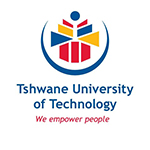
Tshwane University of Technology
-

Vaal University of Technology
-
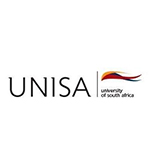
University of South Africa
-

North-West University
-
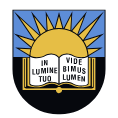
University of Fort Hare
-

Sefako Makgatho Health Sciences University
-

Mangosuthu University of Technology
-
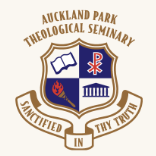
Auckland Park Theological Seminary
-
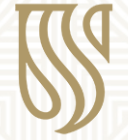
Stellenbosch University
-
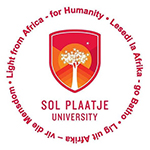
Sol Plaatje University
-

Mesoamerican University
-

Istmo University
-

Mariano Galvez University of Guatemala
-

Regional University of Guatemala
-

Galileo University
-

Francisco Marroquín University
-

Rafael Landívar University
-

University of the Valley of Guatemala
-

University of San Carlos of Guatemala
-

Technological Institute of Tlaxcala Plateau
-

Golfo University
-

Technological University of South Sonora
-

Technological University of Huejotzingo
-

Tizimín Institute of Technology
-

Chilpancingo Institute of Technology
